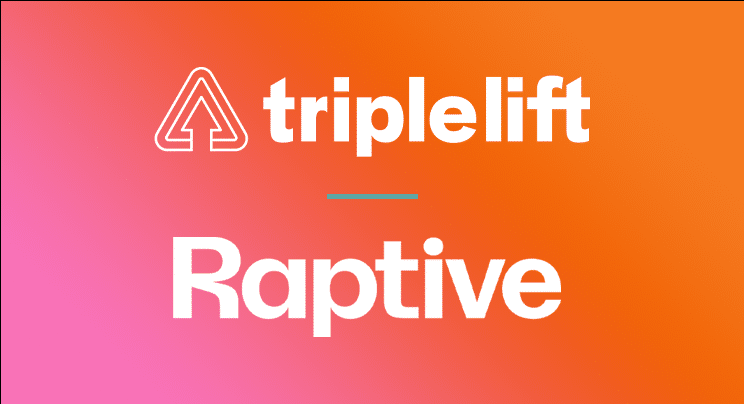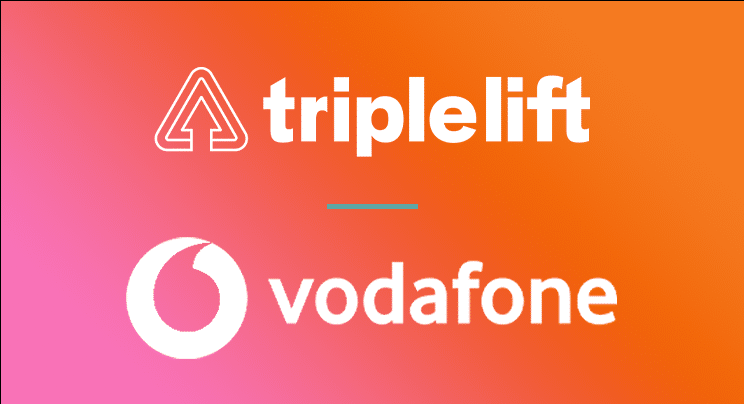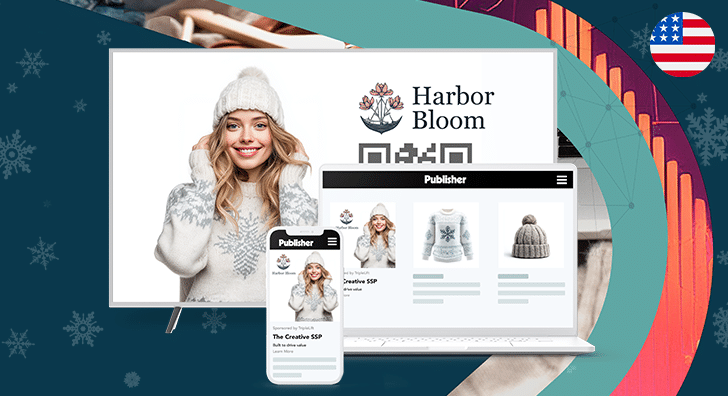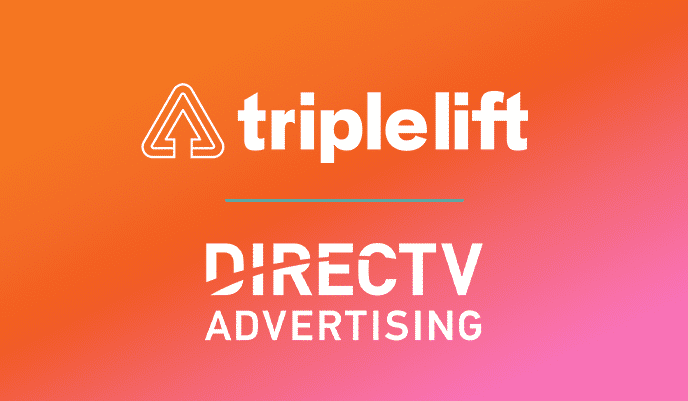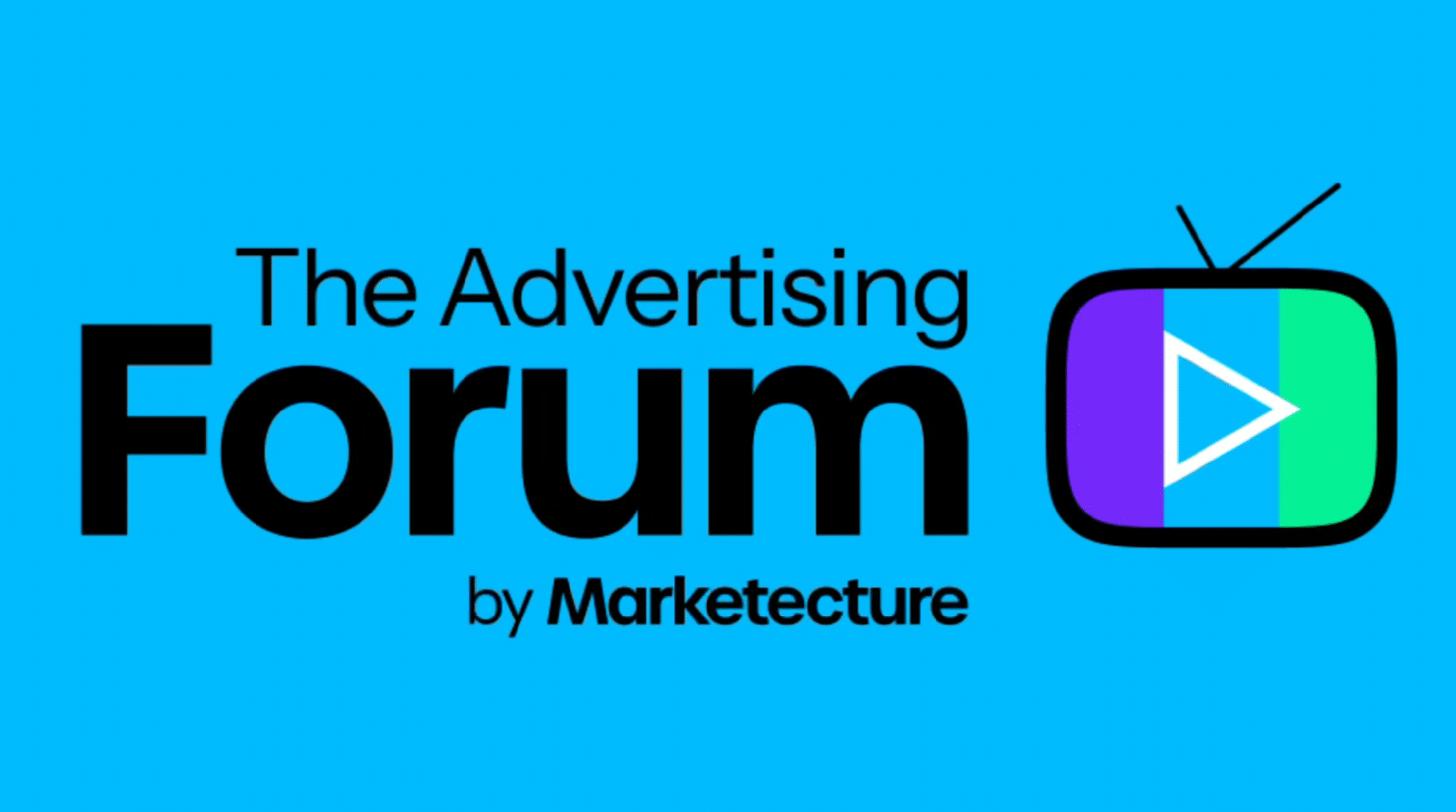It’s a rumor that has taken on a life of its own, and for good reason.
Credible word got out that Google was considering blocking or limiting third-party cookies in Chrome. This could mean monumental change for programmatic, which relies on third-party cookies for targeting and measurement. While the question remains when, how, and to what extent Google will limit third-party cookies, the truth remains that consumers want more privacy and control of how their personal data is collected, used, and shared — and web browsers are responding to this pressure. Firefox’s Enhanced Tracking Protection (ETP) and Apple’s Intelligent Tracking Prevention (ITP) in Safari have already set third-party cookie restrictions. Now Chrome is in the spotlight to make a move toward consumers’ calls for more privacy. But Chrome also has the largest market share — making the potential effects of such a change much more significant.
So, what would programmatic look like in a post-cookie world?
TripleLift’s leadership recently shared their insights on how the advertising industry will have to prepare and adjust to potential changes in Chrome. TripleLift CEO Eric Berry penned an Adexchanger column: “How Will Google’s Move To Restrict Third-Party Cookies Affect Publishers? and TripleLlift CSO Ari Lewine offered his take in an Adweek column, “5 Ways Advertising Could Change If Chrome Blocks Third-Party Cookies.” Below, see highlights from their pieces.
Eric Berry’s Top 5 Predictions
1. Google, Facebook and Amazon, in particular, would benefit.
“Audience targeting of nearly any sort would only be available on these platforms. This ranges from sophisticated behavioral targeting, to retargeting and more mundane tracking like frequency capping. Marketers that have email data may only be able to activate on the big consumer platforms. And only these platforms would be able to perform post-view attribution of any sort. With trust in Facebook at rock bottom, and with trust in Google steadily declining, Amazon may be well-positioned to pick up material share, albeit at the expense of independent ad tech.”
2. Vendors may move to target knowable identifiers like IP address.
IP addresses “may be increasingly valuable as IPv6 grows in prominence (it’s now at roughly 25%). While there are clear shortcomings with this sort of targeting, it is better than nothing – especially for simple measures like frequency caps.”
3. Publishers become vastly more important & ask users for additional data.
“Context grows significantly in prominence and may quickly develop into being the easiest channel for scaled programmatic activation. Publishers will also likely aggressively evaluate and monetize their own data. This includes email and demographic data.”
“Publishers may also potentially ask users for additional data, “based on a key like an email, for access to articles. It is possible a publisher coop could emerge, allowing publishers to share data based on IDs and monetize more effectively across the ecosystem using the data they’ve collected. The programmatic ecosystem may suffer, and there may be a move toward automated guaranteed or similar transaction types.”
4. Publishers could increasingly move their content behind paywalls.
“If publishers cannot monetize as they have previously, they could potentially move their content entirely behind paywalls or take a metered approach, leveraging tools such as Google’s Funding Choices or, potentially, Apple News. More publishers moving to a paywall, which historically has not been very viable, could potentially improve the appeal of Apple’s News subscription – which otherwise might be a fairly unattractive proposition – for both consumers and publishers.”
5. Google may allow the ecosystem to leverage anonymous identifiers through the Google Advertising platform.
“It is likely in Google’s interest to have an independent ad tech ecosystem, especially if Chrome’s changes might otherwise cause significant, potentially ‘anticompetitive,’ harm…. For example, exchange bidding could pass a hashed ID of the Google cookie to its partners and similarly make the same available on a server-to-server basis for various pixel calls. To the extent that Google is the only platform that makes this available, it would have the added benefit of effectively forcing everyone (except Amazon) into exchange bidding if they want user data, and thus into Google’s single auction. That said, Amazon is well situated to provide a similar, competitive service through its transparent ad marketplace product. These moves, combined with click post-backs and other mechanisms, could circumvent much of the cookie-blocking moves. This may be more wishful thinking than a likely outcome.”
Read the full post, “How Will Google’s Move To Restrict Third-Party Cookies Affect Publishers?” on AdExchanger.
Ari Lewine’s Top 5 Predictions
1. Targeting will become contextual.
“Context will become king. In the current advertising landscape, the primary consideration is the person receiving the ad, but that focus would shift to what the user is consuming, where they are consuming it and what their mindset is. Key indicators like keywords, time and location and environmental factors will shape the new targeting.”
2. Context and formats will go together.
“Ad experiences will need to capture consumer attention more effectively. As advertisers gather more contextual data around user behavior, they’ll need to imbue that relevance into their creative. Formats will be tasked with doing the heavy lifting in order to compete for engagement. As such, banner ads and intrusive pop-ups will be less effective. Advertisers who focus on high-impact formats like native, video and branded content (which often already outperform other formats) will have a higher potential to resonate with their target consumers.”
3. There will be increasing reliance on publisher data.
“First-party data will become more valuable for targeting users. Many publishers are already installing first-party cookies on their sites to collect this level of user data and others will likely follow suit. We’ll also see a significant increase in paywalls for content while publishers who want to continue an ad-monetization model will offer free content but with registration requirements that request more detailed data points in exchange for access.”
“The challenge is that this data still won’t be available to DSPs, so advertisers will have to work with publishers to combine first-party data insights into their programmatic strategy in a way that’s also privacy compliant. Expect an increased usage of insertion orders and/or programmatic guaranteed offerings, with data and decisions moving from the buy-side to the sell-side.”
4. Walled gardens will gain new power.
“Walled gardens have direct access to their audiences and the means for easily securing consent for first-party data. Because of this, walled gardens will be one of the few areas where brands and agencies can leverage first-party data. That could make advertisers more dependent on these channels for reaching consumers.”
5. Outside channels look more attractive to advertisers.
“Advertisers will begin to focus heavily on channels that don’t rely on third-party cookies. This will include email, traditional TV and OTT and in-app advertising as these systems help advertisers leverage persistent device IDs for targeting. There also will be new, more seamless ways for brands to leverage their email and CRM data to publishers for the purpose of targeting.”
Read the full post “5 Ways Advertising Could Change If Chrome Blocks Third-Party Cookies,” on Adweek.
